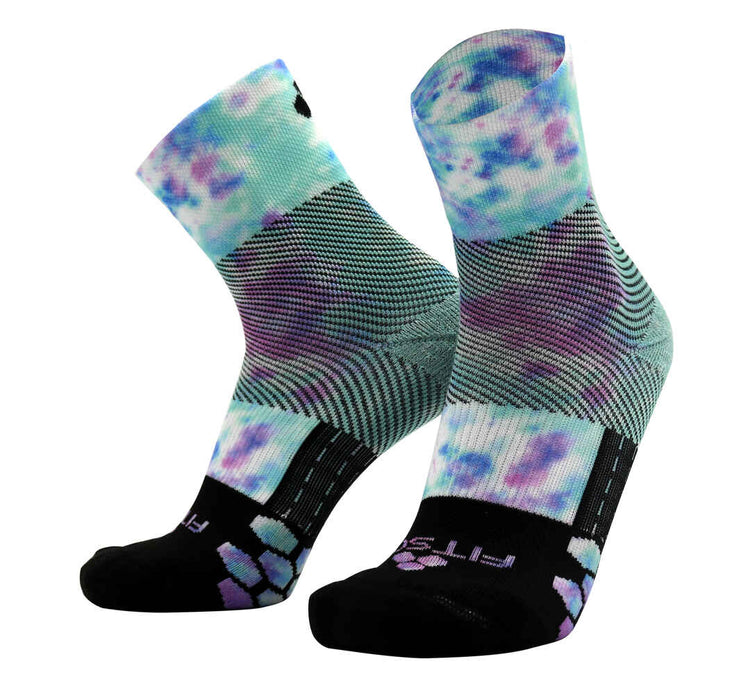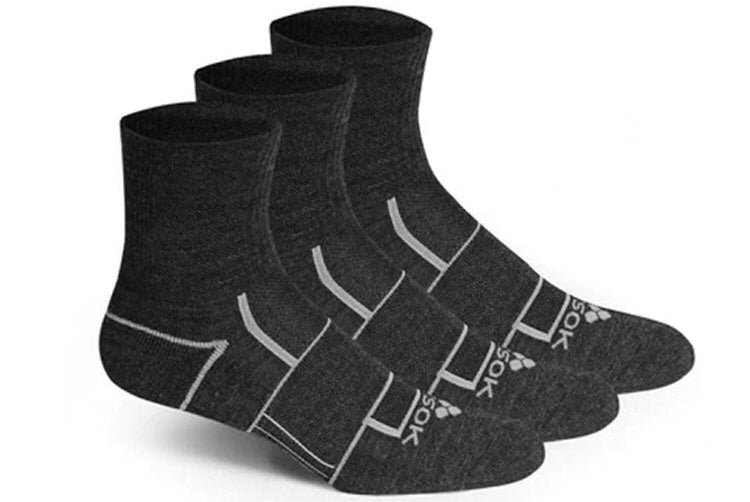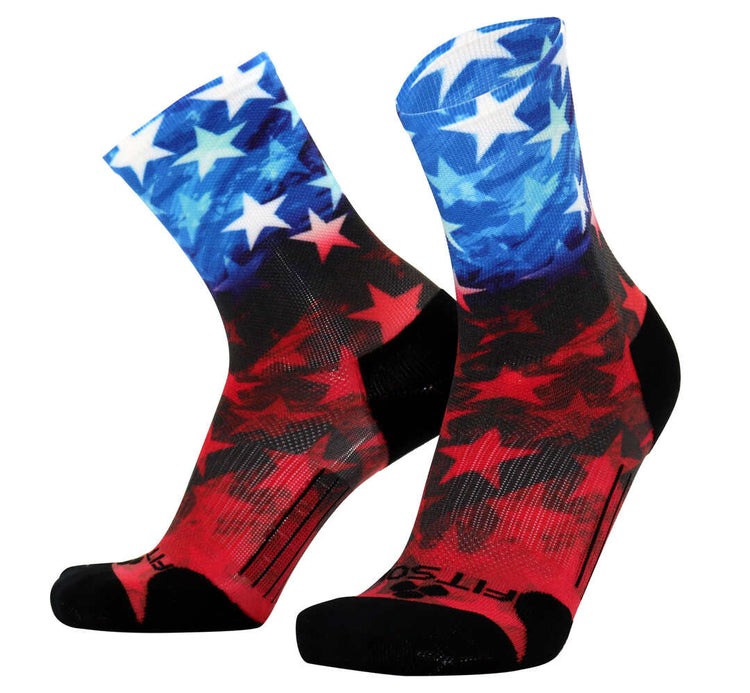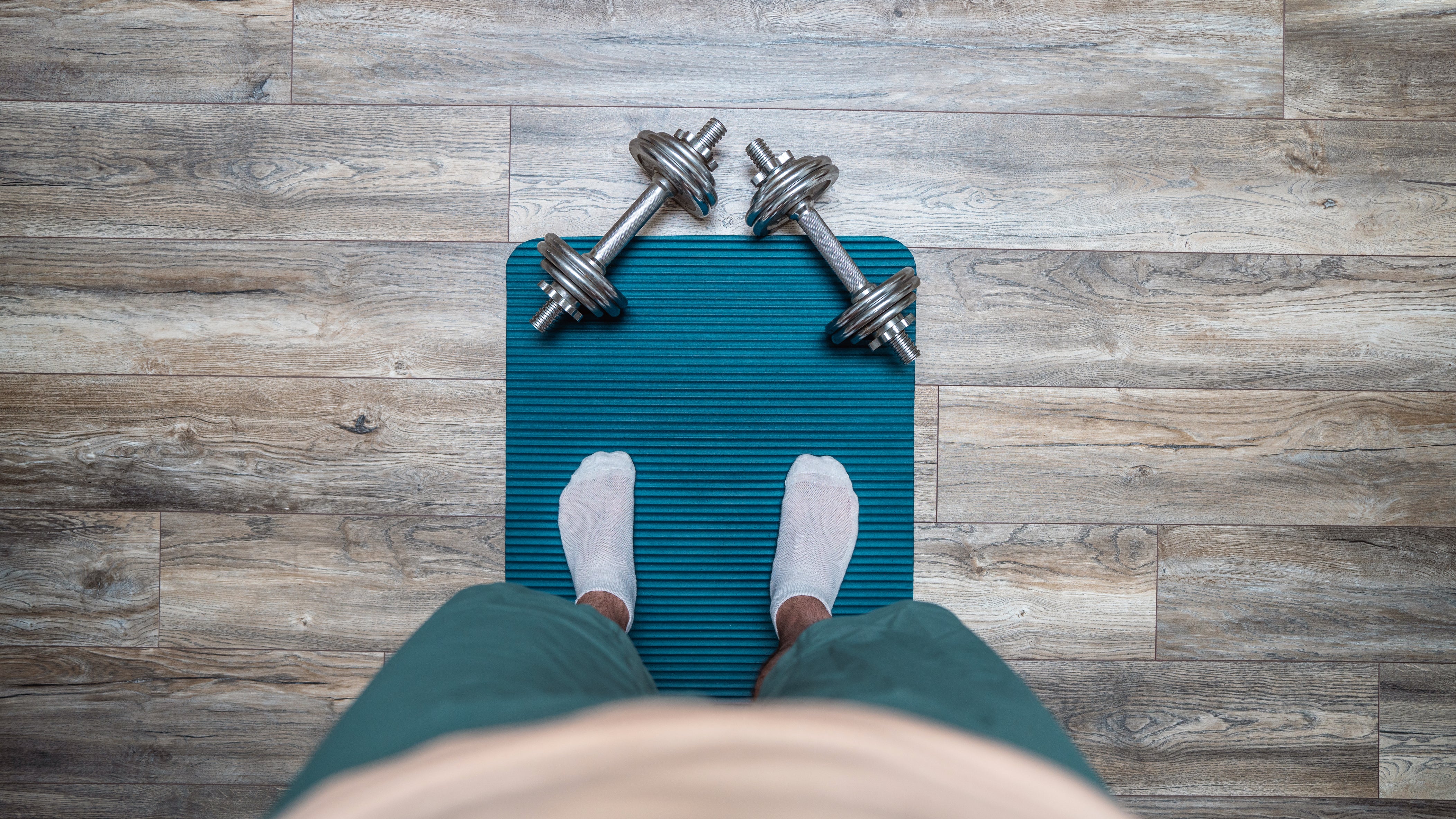There’s a certain feeling of joy and power that comes with running fast, but it’s often cut short by exhaustion and pain. While it’s normal to get worn out when you up the speed, there are ways to train and prepare for a workout that will help you run faster for longer.
We’ve taken a look at the fitness factors affecting how tired you feel when running and the ways to maximize them to produce your best results. Whether you run middle or long distance, this guide will teach you how to run faster without getting tired and get closer to hitting those speed goals.
Why You Get Tired When Running
We all know that running fast or far can make you feel sore and depleted, but do you know exactly why that is? Our bodies are complicated machines, and there are a lot of integrated energy transfers happening as you up your training intensity and volume.
Here are some of the main terms you need to know when talking about fitness levels and how they can be used to understand why you get tired when running.
Aerobic vs. Anaerobic Exercise
Aerobic and anaerobic are terms used to describe how your body produces and expends energy. They operate on fundamentally different principles that depend on the type and intensity of exercise you’re engaging in.
Aerobic means “with air,” and refers to the body using oxygen to produce energy. It typically happens during activity over two minutes that involves a steady state of exertion below your lactate threshold. Jogging is an example of aerobic exercise, and it’s by far the most common intensity level for people looking to lose weight, stay in shape, and improve their overall fitness.
Anaerobic exercise is done “without air,” meaning that the body is drawing on fuel sources that don’t require oxygen such as carbs stored in your muscles (glycogen). Anaerobic workouts occur when you need more energy that your lungs and heart are capable of supporting through respiration, and typically happens during higher intensity exercise such as sprints. It also can’t be sustained for long periods because lactic acid builds up in your muscles and becomes increasingly painful over time.
Heart Rate Zones
As a runner, you’ve probably heard of heart rate zone training. This refers to monitoring your heart rate during a run to understand if your body is working in an aerobic or anaerobic state.
Zones 1 and 2 refer to a lower level of exertion (think jogging) and are considered aerobic. Zone 3 is where the intensity starts to ramp up, and your body may use a combination of fat, carbs, and protein for fuel. It’s also when uncomfortable lactic acid will start to build up in your muscles. Zones 4 and 5 are the hardest for your body to sustain, and include things like intervals and sprints. These rely on your anaerobic system to give you intense, short bursts of energy.
VO2 Max
Your VO2 max is a measure of the maximum amount of oxygen your body can uptake and use during exercise. A higher VO2 max means that you can generate energy more effectively, and is generally associated with higher fitness.
How to Run Faster Without Getting Tired
If the science behind running fitness feels confusing, don’t worry. You don’t need a bunch of expensive tech or training to build up your body. Here are some strategies that take the guesswork out of boosting your metrics to help you run faster without getting tired.
1. Pace Yourself
You may have heard the saying “go slow to go fast,” and it’s true! While it may feel counterintuitive, slowing down during your training runs will improve your aerobic fitness and allow you to slowly start running faster without your heart rate spiking.
Remember: improvement is about finding an intensity you can sustain and building from there—not killing yourself!
2. Add Sprints and Intervals
Just as running slow and steady is important, so is adding in some speedwork. Rather than always trying to run as fast as you can until you can’t run any further, including intentional sprints and intervals can help improve your body’s ability to clear lactic acid from your muscles. In time, you’ll be able to maintain faster speeds without getting as tired.
3. Fuel Properly
What you eat and drink before, during, and after a run can have a huge impact on your performance. Eating a diet that is rich in carbohydrates and protein will help your body store energy in preparation, and consuming electrolytes will sustain the salt levels you need to function. On long runs, it’s important to continuously fuel your body with energy gels or chews as your body depletes its glycogen stores.
4. Add Strength Training
If you’re wondering how to run faster without getting tired, then you can’t forget strength training. Exercises such as lunges, squats, plyometrics, and weights will make your body more powerful and help you maintain higher running speeds. It can even reduce your risk of injury! Try to schedule strength training a few times a week on days when you’re not running.
5. Choose the Right Running Gear
Wearing running equipment that is too heavy or restrictive can cause you to tire faster, so it’s important to opt for the right gear. Aim for the lightest running clothes that you can get away with for the season, and don’t forget sweat-wicking, breathable shoes and socks. If your feet overheat while running fast, it won’t take long for the fatigue to set in.
Hit Your Speed Goals with Fitsok
While increasing your running speed and stamina doesn’t happen overnight, it’s a powerful feeling when you notice a boost in your overall fitness. Running fast without getting tired is about staying consistent with both your aerobic and anaerobic training, and Fitsok is here to support you every step of the way.
Fitsok creates high-performance, specially engineered athletic socks designed to provide support, keep you cool, and help deliver your best performance every time. Whether you’re heading out on an easy run, doing hill sprints, or just on the treadmill at the gym, Fitsok’s range of men’s, women’s, and Pro-Trainer socks will power through every workout.
Learning how to run faster without getting tired is a part of the journey of running, and Fitsok is here to help you smash your goals in style.







Leave a comment
This site is protected by hCaptcha and the hCaptcha Privacy Policy and Terms of Service apply.